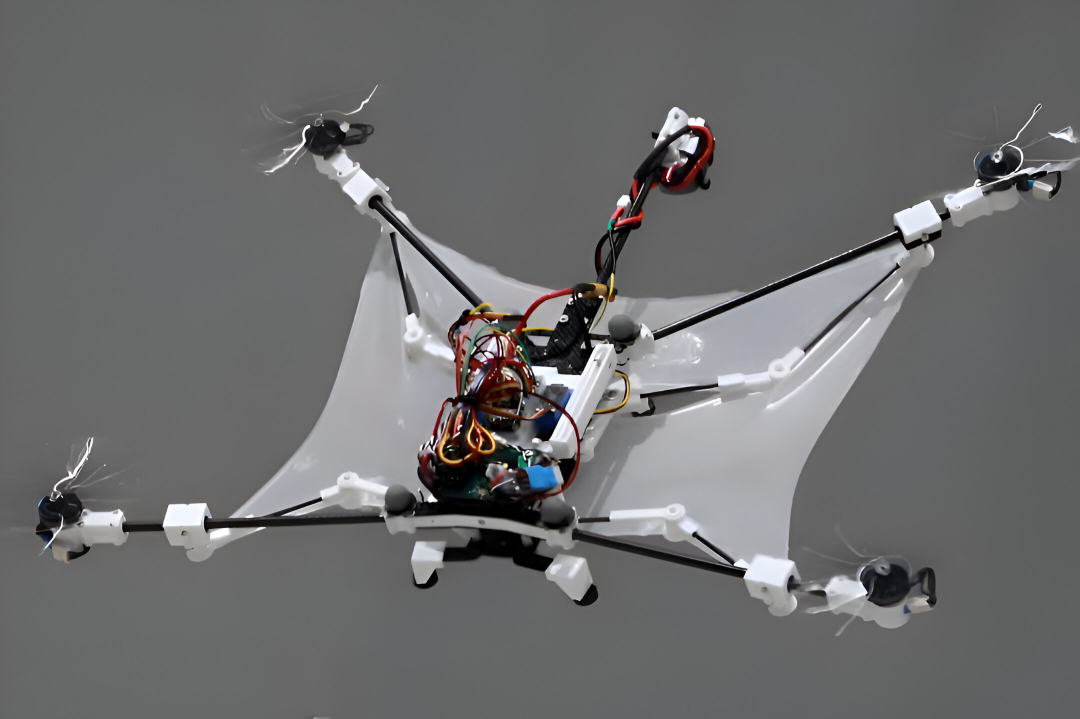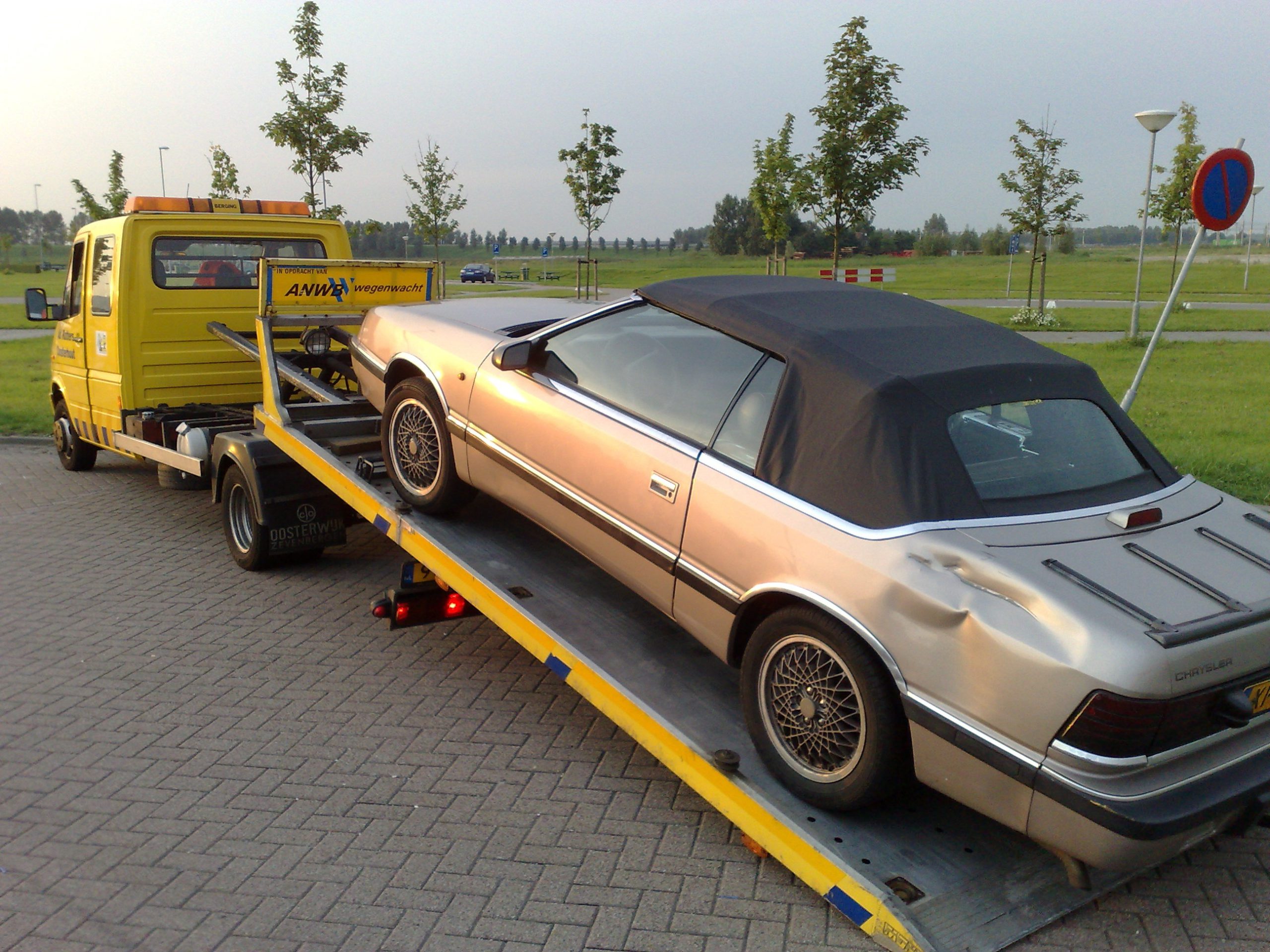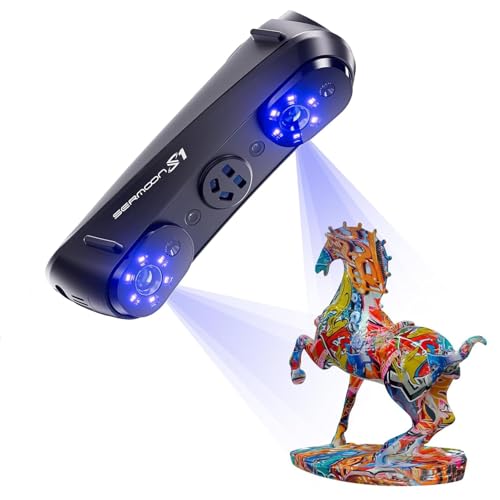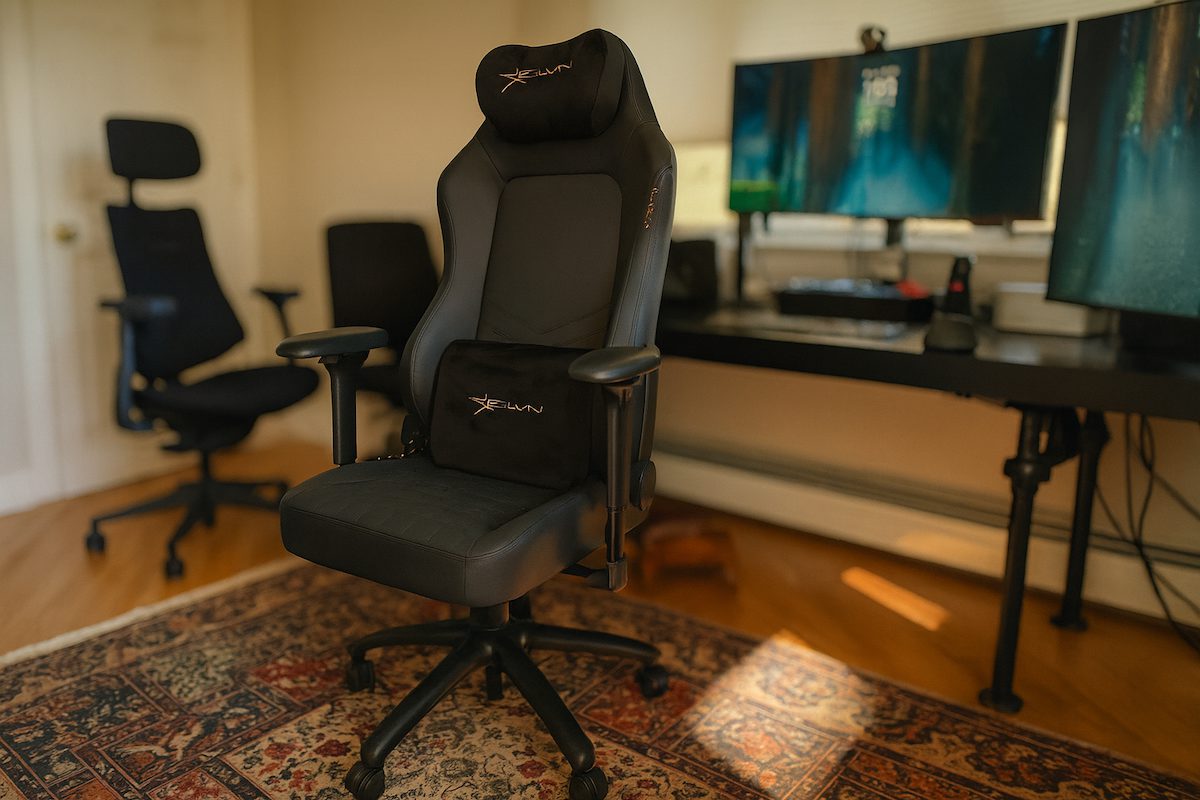Imagine a drone that moves with the agility of a flying squirrel, able to stop mid-air and change direction instantly. Researchers at South Korea’s Pohang University have developed exactly that – a quadcopter with retractable membrane wings inspired by flying squirrel drones. This innovation addresses one of the biggest challenges in drone technology: the ability to quickly halt lateral momentum when moving at high speeds.
This bio-inspired design is revolutionizing drone maneuverability by examining three key aspects: the natural inspiration behind the design, its mechanical implementation, and the AI system that brings it all together.
Bio-Inspired Design: Learning from Nature
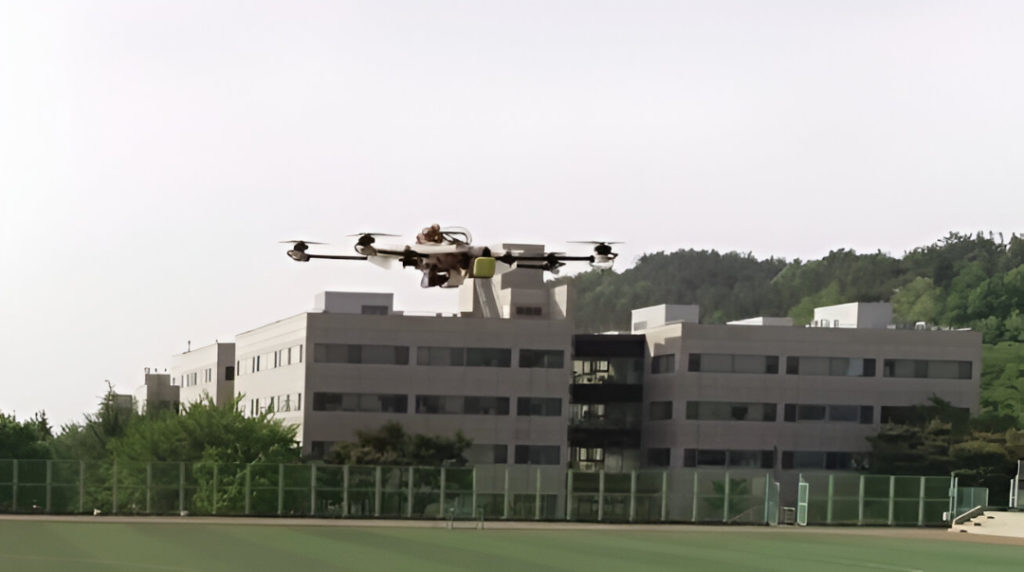
Traditional quadcopters struggle with rapid deceleration, but nature already solved this problem. Flying squirrels use membrane-like skin flaps to control their aerial movements with remarkable precision. The POSTECH research team, led by Dohyeon Lee, Jun-Gill Kang, and Soohee Han, adapted this biological feature by incorporating silicone-membrane wings positioned between the front and rear arms on each side of the drone.
This biomimicry approach demonstrates how solutions found in nature can solve complex engineering challenges. During normal flight, the membranes remain folded, keeping the drone streamlined and efficient. When sudden stops are needed, the wings extend outward, creating air resistance similar to how flying squirrels control their gliding path through forests. This natural inspiration has led to a breakthrough in drone maneuverability that conventional designs couldn’t achieve.
Mechanical Implementation: Wings That Deploy on Command
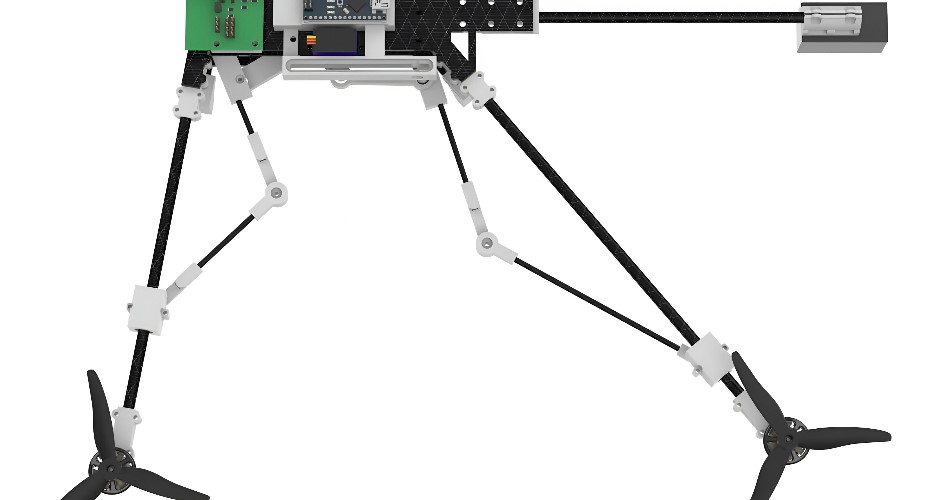
What makes this drone special is its sophisticated wing deployment system. Each silicone membrane wing extends through a servo-activated four-bar linkage mechanism that provides precise control over wing positioning. When rapid deceleration is needed, these mechanisms simultaneously deploy the wings while the drone dips its rear end, maximizing aerodynamic drag to bring the aircraft to a quick stop.
This mechanical design allows the drone to perform maneuvers that were previously impossible for quadcopters. After halting in mid-air, the drone can immediately hover in place, shoot off in a new direction, or use the wings to glide down for a landing. The initial version, created in 2023, demonstrated the concept’s viability, but recent refinements have further enhanced this unique mechanical system, making it more responsive and reliable in various flight conditions.
AI-Enhanced Control Systems: Coordinated Intelligence

The latest advancement in this drone is its AI-based Thrust-Wing Coordination Control (TWCC) system. This intelligent software creates perfect harmony between the propellers and wings, calculating optimal deployment timing and positioning for maximum maneuverability. Through complex algorithms, the system anticipates flight path requirements and adjusts both thrust and wing configurations in real-time.
Computer simulations tested the system in a forest-like obstacle course with remarkable results. The TWCC-equipped flying squirrel drone navigated successfully 90.5% of the time, while conventional wingless drones achieved only 9.52% success and fixed-wing drones reached just 19%. A paper on the research was recently made available on arXiv. This dramatic improvement demonstrates how combining biomimicry with artificial intelligence creates AI-Power Drones that can navigate complex environments with unprecedented agility, potentially transforming applications from search and rescue operations to package delivery in challenging urban settings.


